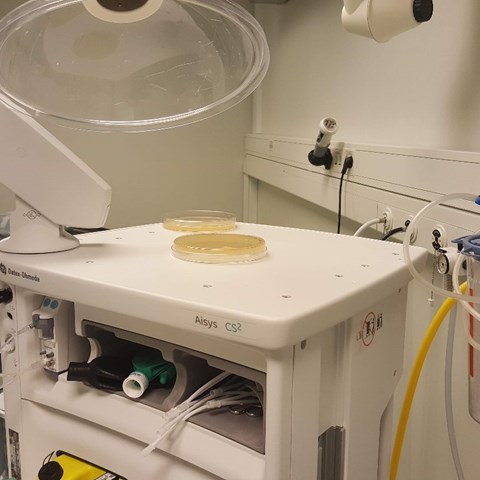Facts:
The project is partially financed by Stiftelsen Djursjukhus i Stor-Stockholm, Jan Skogsborgs stiftelse and Gymn. dir Stina Johansson i Fränsta Scholarship for research in veterinary medicine
The research group
PhD student Todd Alsing Johansson, MSc Veterinary Medicine, MSc Infectious Disease Control, Faculty of Veterinary Medicine and Animal Science, Department of Clinical Sciences, SLU. https://www.slu.se/en/ew-cv/todd-johansson/
Associate Professor Johanna Penell, MSc Veterinary Medicine, Faculty of Veterinary Medicine and Animal Science, Department of Clinical Sciences, SLU. https://www.slu.se/cv/johanna-penell/
Associate Professor Anna Bergh, MSc Veterinary Medicine, BSc Physical Therapy, Faculty of Veterinary Medicine and Animal Science, Department of Clinical Sciences, SLU. https://www.slu.se/en/ew-cv/anna-bergh/
VMD Karin Bergström, MSc Veterinary Medicine, Department of Animal Health and Antimicrobial Strategies, SVA.
Professor Susanna Sternberg Lewerin, Faculty of Veterinary Medicine and Animal Science, Department of Biomedicine and Veterinary Public Health, SLU. https://www.slu.se/en/ew-cv/susanna-sternberg-lewerin/
